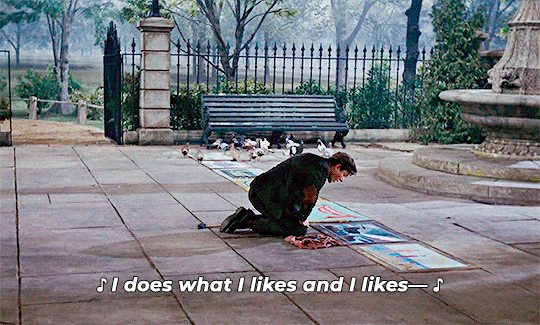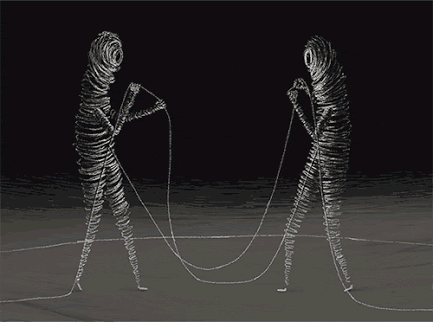In the mid 1990s, Mary
Rainer Skala (Then Mary Smith) and her husband, Glenn Smith, then of Burke
Virginia, (6900 Courageous Circle) were having marital problems and saw
marriage therapist, Dr. Mark Rodney Lohman, (540-341-2856) at his office in
Fairfax County. Mary Smith and Lohman, who was also married, immediately began
an affair
(Lohman AKA on various loans and credit cards: Mark Lowman, M R Lohman, Mark R Lohman and
Mark Loman)
In October 2001, Lohman
(540-341-2856-Virginia Practicing license number 701000543) and Rainer Skala, borrowed $500,000 from
Lohman’s wife.(308 Tinsley Circle Shepherdstown WV 25443. 703-407-8153)
The purpose of the loan was to underwrite a business. Lohman
and Rainer Skala pocket the money and told Mrs. Lohman that the company she was
funding went bankrupt and her money was gone.
Rainer -Skala and Lohman purchased a condo with the money and
invested some in the company which sold in 2012 for about $40 million. Rainer
-Skala/Lohman’s cut was $5 million gross.
Lohman convinced Glenn
Smith, (Mary’s husband) who is blind and
currently lives in Fairfax County, that his blindness, combined with Lohman
sales abilities, could create a profitable assistive technology company.
In 1997 Rainer Skala
and Glenn Smith (7820 Baltusrol Blvd.
Suite 230, Gainesville) and Lohman, opened Bartimaeus Group in McLean, Virginia where the Lohman’s lived.
After the company became operation from government contracts,
Rainer Skala divorced Glenn Smith in 2003. Glenn Smith learned in 2025 that
Lohman and Mary Rainer Skala were involved
Rainer Skala and Lohman co-singed a loan for $500,000 from
Lohman’s wife, (Rainer -Skala singed for $300,000, Lohman for $200,000) They
pocketed the bulk of the money.
They bought two new
Lexus’s with matching license plates and, in July 25, 2003, a condo in Mclean at1489 Chain Bridge Road in
McLean.
At least a portion of the down payment money to purchase the
McLean Condo came from the loan intended for Bartimaeus Group. Rainer-Skala and
Lohman paid $306,755 for the condo and carried a mortgage of $245,404.00
Rainer-Skala refinanced the condo in 2005 and finally sold the
unit in 2015 for $375,000.00 (#0294-12090202)
Loman filed for Chapter
7 protection in Virginia state court (#case 0610252) and was granted protection
on January 29, 2007. To be clear, this personal bankruptcy had nothing to do
with the $500,000 loan to he and Rainer Skala.
The loan, the real estate, the cars, the living arrangements,
are all a matter of public record.
Lohman then moved in
with Rainer-Skala, who, by this time, was also practicing marriage therapy with
Lohman, from Bartimaeus’s office.( VCU MSW program 1992-1994)
Since Lohman’s wife assumed the company had gone belly up, in
2002, they changed the company name to Bart Group and moved to a different building in the same
complex. (From 1481 Chain Bridge Road in McLean to 1489 Chain Bridge Road in
McLean)
Unknown to his wife,
Lohman lived, part time, in the McLean
Condo for several years and then followed his wife, who was mothering his two
daughters as her own, and in 2010 began
another therapy practice in Warrenton (54 East Lee Street)
Lohman’s wife wasn’t
aware that Bartimaeus Group became Level Access in 2017 after an investment of
$40 million from JMI Equity or that it
later merged with other tech companies in 2022.
The company remains in Tysons Corner under the name Level
Access.
Rainer-Skala’s cut from the merger was about $5,000,000.00
,gross, and she cleared another hundred and fifty grand from the sale of the
McLean condo. She is no longer associated with Level Access.
Rainer Skala lived with John William Tuohy for twenty years in
common law. Although she cheated with Lohman in the first year of the
relationship, he forgave her. But the cheating went on from 2015 until 2025.
Lohman and Rainer Skala married and now reside in West
Virginia (309 Tinsley Circle in Shepherdstown)
worth about $1.1 million. They have an additional $1.1 million with a
money manager located in Des Moines, Iowa.
Rainer Skala is a marriage therapist with the Well Marriage
Center, a nationwide firm.
If there is any thing in this report that you doubt, let me
know I will provide you with the facts.






.jpg)










%201839_grKyx__please_credit%5Bpalette.fm%5D.jpg)







.jpg)










.jpg)
.jpg)
